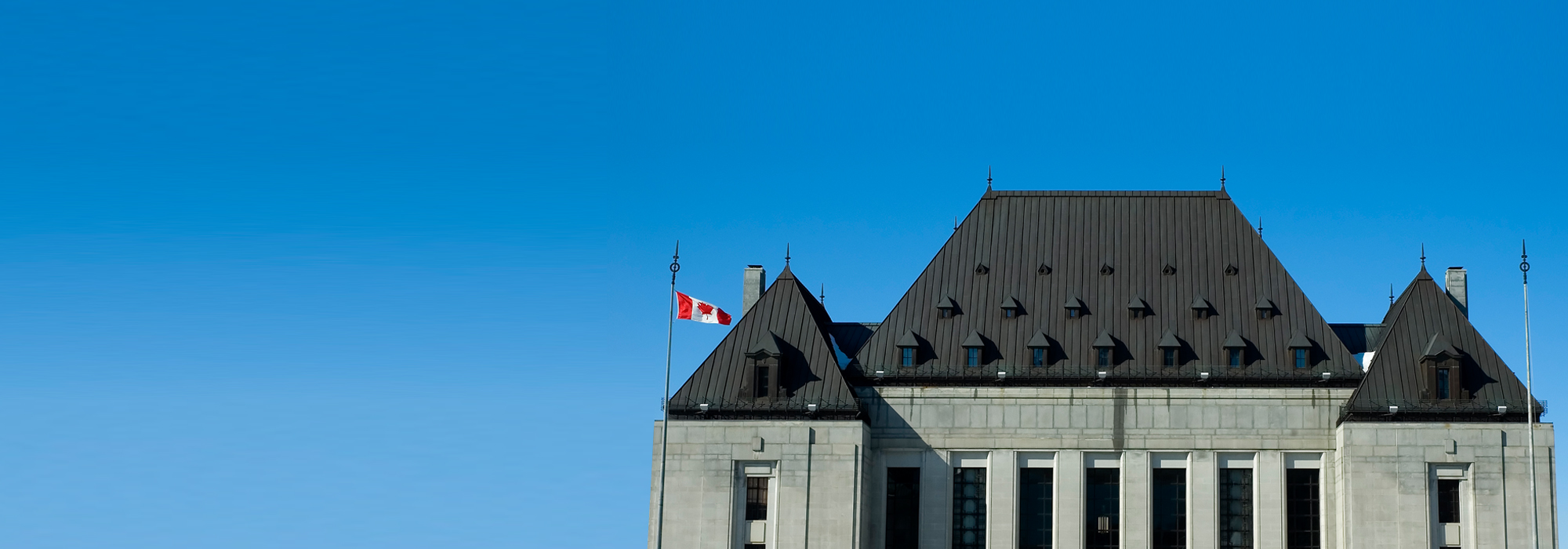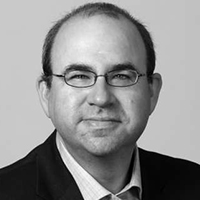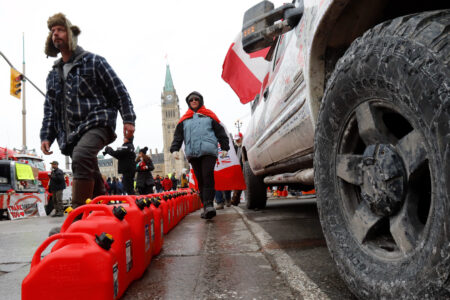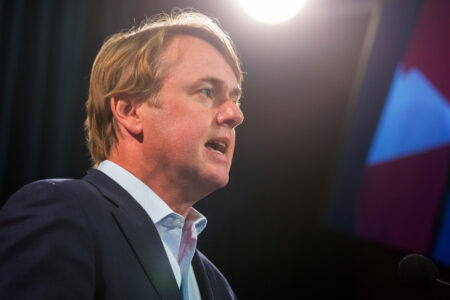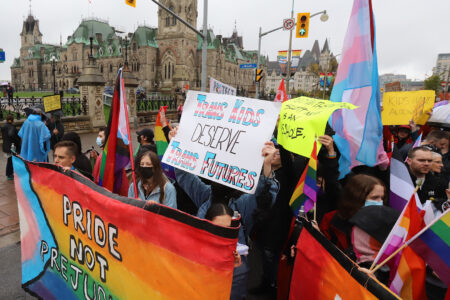
Over the next three years, Prime Minister Justin Trudeau will have the opportunity to do what eluded his predecessor for almost a decade: to remake the Supreme Court of Canada in his image.
The surprise announcement on budget day (March 22) by Justice Thomas Cromwell that he will retire from the high court on September 1, 2016, has thrust the Supreme Court onto the government’s agenda much earlier than expected. No judge was scheduled to retire until September 2018, when Chief Justice Beverley McLachlin will reach the mandatory retirement age of 75.
While it is said that crises present opportunities, so to do surprises. The 63 year-old Cromwell could have stayed on at the Court for another 12 years, until he reached the mandatory retirement age of 75 (when Justin Trudeau will be closer to 60 than 40). The centrist Cromwell was widely touted as a possible successor to Chief Justice McLachlin in 2018.
Stephen Harper tried to remake the Supreme Court. He had the opportunity to appoint seven of the current nine justices. Those made no appreciable impact on the Court; no insurgency, let alone counterrevolution to the Charter of Rights revolution ever materialized. The judges of the “Harper Court” ruled unanimously against their patron on Senate reform. In what was arguably Harper’s worst defeat, four Harper appointees joined with two other colleagues against one lone Harper appointee to reject Harper’s selection of Federal Court judge Marc Nadon for a seat on the Supreme Court.
Harper also failed to change the way Supreme Court justices were appointed. He initiated unparalleled but questionable transparency to the appointment process by instituting public hearings for Supreme Court nominees in 2006. He instituted a panel of MPs to create a shortlist from which he would choose the nominee. But after the self-inflicted injury of the Nadon fiasco, Harper scrapped that whole process. His legacy was thus one of failed reforms.
But as one of the wisest sages of our generation once said, “Do or do not. There is no try.” What will Justin Trudeau try? And what will he succeed in doing?
There is the safe way, and there is the bold way.
The safe way is to stick closely to the general promises made in the 2015 Liberal platform: make the Supreme Court appointment process more transparent; consult with authorities throughout the legal profession, including the chief justice of the Supreme Court of Canada; and ensure that all those appointed to the Supreme Court are functionally bilingual.
The last point gets some people excited, but it is likely less challenging than it sounds. It would likely exclude some candidates (see “the bold way” below).
The safe way is to follow the regionalist distribution on the Court, which has existed since its creation in 1875. Since the Court was expanded to nine judges in 1949, it has followed a familiar pattern: three judges from Quebec, three from Ontario, two from the West and one from Atlantic Canada (or, more specifically, one from the Maritimes, since Newfoundland and Labrador has not had a judge on the Supreme Court since it joined Canada in 1949). Since Justice Cromwell held the “seat” for Atlantic Canada, his replacement is supposed to come from one of those four provinces. The speculation and the lobbying have already begun. Newfoundland and Labrador has never had a judge on the Supreme Court and has staked its claim, issuing a press release. Prince Edward Island has actually been waiting longer than Newfoundland and Labrador; it has not had a judge on the high court since 1924. New Brunswick’s supporters will claim it is their turn after the Nova Scotian Cromwell, and so on. Supreme Court appointment politics as normal.
Then, there is the bold way. It would involve Justin Trudeau turning his back on the strict regionalism that has predominated since Confederation, in consideration of other values embraced by Canadians in 2016. The most obvious is reconciliation.
If Prime Minister Trudeau wanted to make his mark on the Supreme Court now, nothing is likely to have a more enduring impact than appointing the first Aboriginal justice to that Court. Teaching Aboriginal law for the first time recently has convinced me of the necessity of having an Aboriginal “perspective” on the Court. If he wanted to “do,” Prime Minister Trudeau could appoint a top Aboriginal jurist, regardless of where he or she hails from. Such a move could clash with Trudeau’s promise of appointing only judges who are functionally bilingual, although many Aboriginal jurists are likely bilingual, just not necessarily in English and French.
Given Aboriginal demographics, a number of such candidates would hail from the west. Trudeau could appoint an Aboriginal jurist from the west in 2016, with the promise of giving Atlantic Canada back its “seat” in 2018, when Chief Justice McLachlin of British Columbia retires. To the delight of the legal profession, there is actually precedent for such a move.
At the end of 1978, Justice Wishart Spence of Ontario retired. Instead of appointing an Ontario judge, Prime Minister Pierre Trudeau tapped British Columbia jurist William McIntyre, perhaps hoping the appointment might shore up the Liberals’ electoral prospects in the West. Considering that the Liberals won exactly one seat in the 1979 federal election, it is safe to say that was a failed electoral gambit. In 1982, when Alberta justice Ronald Martland stepped down from the Supreme Court, Trudeau replaced him with an Ontario judge: Bertha Wilson – the first woman on the Supreme Court of Canada. Thus he restored order in the force, or at least the historical regional distribution on the high court.
This precedent provides a potential pathway for Justin Trudeau, should he choose to take it. It would be hard for Atlantic Canada to complain: since Confederation they have had more than their fair share of judges on the Supreme Court, including three chief justices.
On election night, Justin Trudeau famously invoked the “sunny ways” of Wilfrid Laurier. He may also want to consider the advice of another prime minister, William Mackenzie King, who said that while some countries have too much history, “Canada has too much geography.”



